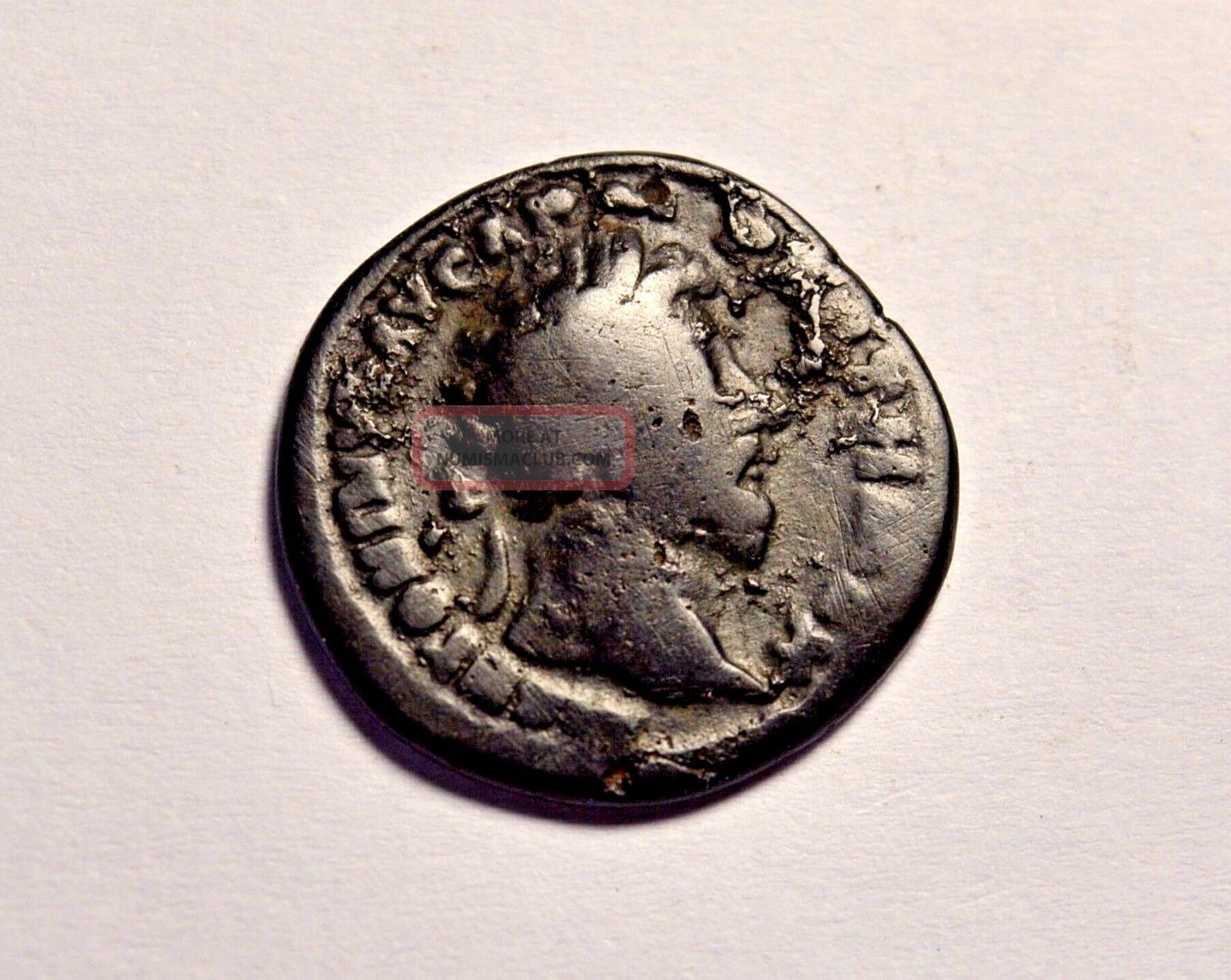

The oldest coins in the cache were minted under Emperor Nero (reigned 54 to 68 C.E.), while the most recent date to the time of Septimius Severus (reigned 193 to 211 C.E.). “It certainly not owned by someone who belonged to the lower social pyramid, people who were active in the military or in trade.” “This amount of money must have been enormous by ancient standards,” Krmnicek tells German broadcaster ZDF, per a translation by Arkeonews. Other discoveries made at the site include an intricate oil lamp whose handle is shaped like a crescent moon. The treasure was worth 11 to 15 times the annual salary of a common soldier (between 375 and 500 denarii). He adds, “The coins were thus scattered in the river gravel.” The camp grew into the town of Augusta Vindelicorum, which later became the capital of the Roman province of Raetia.Īs Sebastian Gairhos, head of Augsburg’s archaeology department, says in a statement, the money was probably buried outside the city in the early third century and washed away by a flood hundreds of years later. Researchers found the trove in an old riverbed while conducting excavations ahead of construction of a housing complex.Īugsburg, located about 40 miles northwest of Munich in southern Germany, started out as a Roman military camp built under Emperor Augustus between 8 and 5 B.C.E., notes the History Blog. Weighing in at a total of 33 pounds, the find represents the largest single hoard of ancient Roman silver ever found in Bavaria, Ancient Origins reports. The coins “ are denarii, the standard silver denomination during the first through early third century ,” Stefan Krmnicek, a numismatist at the University of Tübingen, tells Live Science’s Owen Jarus.

Archaeologists in Augsburg, Germany, have discovered a huge collection of more than 5,500 Roman coins dated back to nearly 2,000 years ago.


 0 kommentar(er)
0 kommentar(er)
